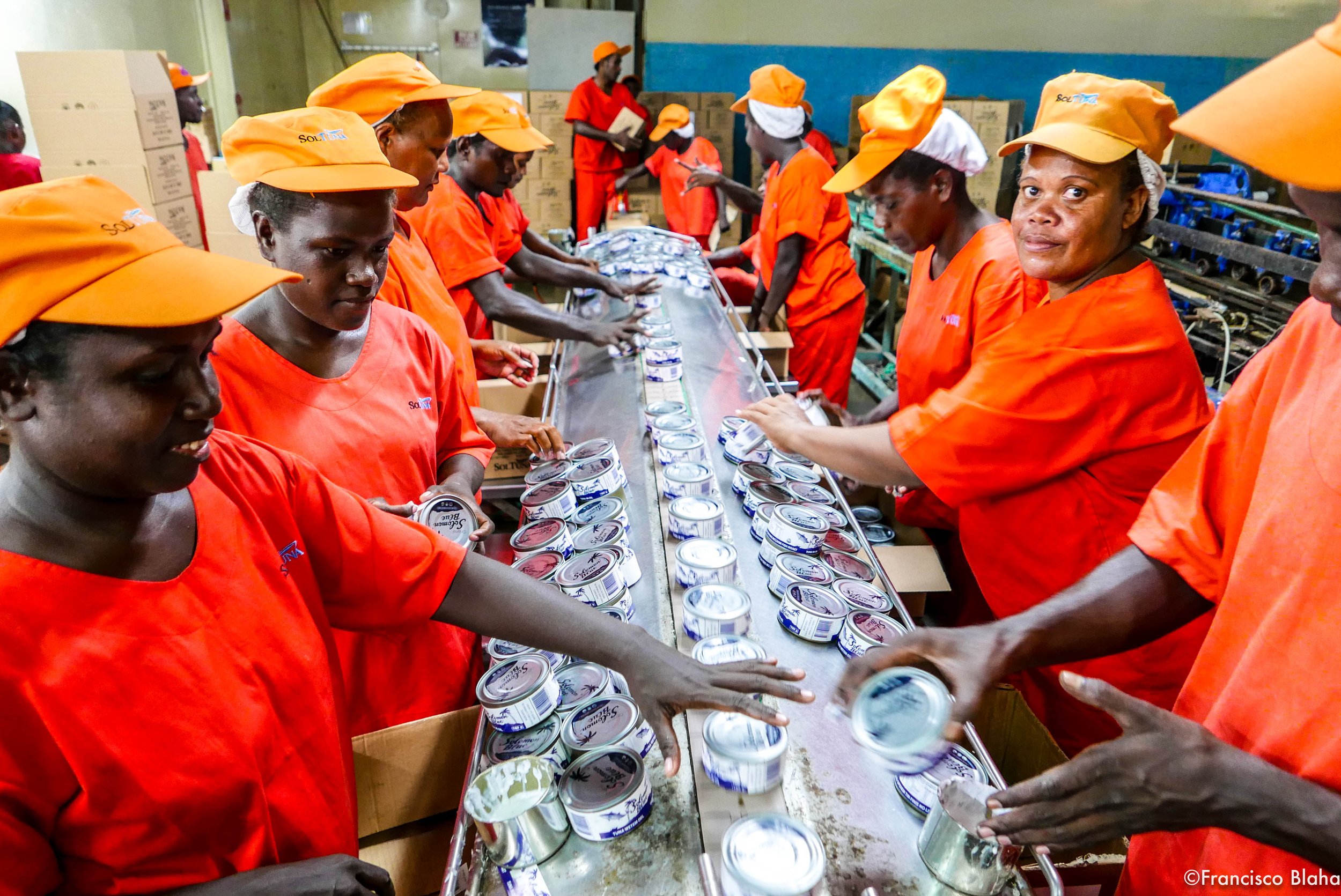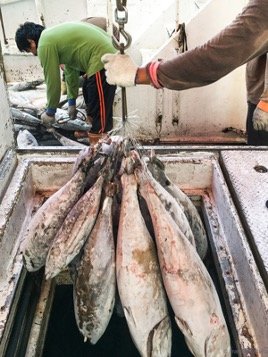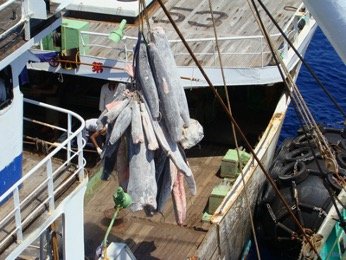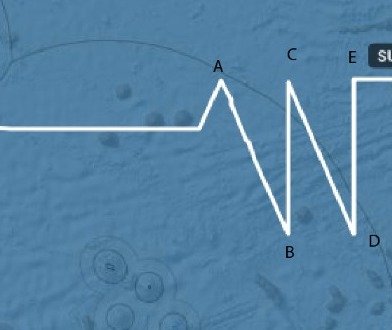One of the issues that I found in common between the Pacific and my upbringing in the Guarani lands of northern Argentina and Paraguay is the one of respect to your elders. This was only emphasised by my time in the Navy and then fishing… you listen to and respect experience.
In this case, you read experience… I have been honoured to know two of the main authors of this massive review on tuna processing (Chris Lord and John Debeer), and they know their stuff encyclopedically.
In the over 30 years I have been involved with tuna, from catching through processing to market access. I have never encountered such a complete and integral document covering all the aspects of canning. This is key reference material for anyone working in this industry.
I recommend downloading and reading Processing Tuna, Scombridae, for Canning: A Review; even if processing is not your speciality, it will help you understand that getting the tuna on deck is just the start of a long and complex chain with more variables than you ever imagine, and is by far the biggest empoyer of the whole value chain.
I quote the conclusions and recommendations below, but give the original a go!
Conclusions
Commercial tuna processing is a complex operation with many individual process steps and requirements. The raw material supply lines have long time periods, as the fish may travel long distances both for migrations while alive or dead with shipping, processing, and distribution. Tunas are harvested from all of the tropical and temperate oceans, depend- ing on the species. The harvesting, onboard handling, and freezing equipment determine how the fish are frozen on the fishing vessel. The factory then determines how it is thawed, processed, and packaged in the tuna cannery. These handling and processing procedures have strict HACCP guidelines and controls for incoming testing and time-and-temperature processing scenarios. The commercial tuna processing business is very competitive, and profitability benefits from the economies of scale. Manufacturing efficiencies and benefits are facilitated with big modern factories.
Although bigger is better, cannery size does have limits, since as the cannery gets larger, the processing complexities and processing controls resulting from different processing times required for different-sized fish will eventually overwhelm the factory management.
The United Nations defined tunas and billfishes as “Highly Migratory Species” because of the vast distances these fishes travel in either temperate or tropical seas while passing in and out of the coastal zones of various countries. Some tuna swim up and down the coasts seasonally with the oceanic currents, while some make trans-oceanic migrations. Successful commercial tuna canneries require ongoing tuna deliveries for processing, while successful commercial tuna fishing boats require canneries to receive their tuna deliveries. Prior to the development of onboard refrigeration for freezing fish, the tuna-processing industry was locally focused and restricted by the distances that fishing boats could fish and return to port in a reasonable amount of time with the fish preserved on ice. The amount of catch and types of species processed depended on what was available to the fishing vessels. Once these boats had the ability to freeze the fish, transhipment became feasible and has become a common commercial practice. Refrigerated carrier vessels containing frozen raw tuna could move freely to canneries around the world, limited only by the transhipping costs, enabling commercial tuna canning to become an international business. For example, al- albacore is transhipped from Cape Town, South Africa, to a tuna can- nery in American Samoa for processing, and then the cans are shipped to and sold in New York. This harvested and frozen fish and resulting canned product travelled globally more than halfway around the world, west to east, and 74 degrees south to north, and passed through the Eastern, Western, Southern, and Northern Hemispheres. The canned tuna business is truly a global business.
Although there are many complexities, a tuna cannery is a relatively easy factory to build using off-the-shelf and used equipment. However, the supply lines for cans and ingredients, the availability of skilled seamer mechanics and technicians, and other mechanical trades mean that tuna canneries are often difficult to operate and manage efficiently and profitably. Keeping fast-moving equipment such as seamers and labelers with very tight tolerances operating and maintained can be especially difficult when only local tradesmen are available. Scheduling many different sizes of fish for processing through a cannery on a time-sensitive or restricted basis can make for a very challenging work environment.
Maintaining absolute food safety practices while recovering the highest value from each fish is a requirement for a successful commercial tuna cannery. The recovery or yield of white or light edible meat from the purchased round tuna must be maximised into saleable products while controlling food safety and complying with HAC- CP regulatory requirements. Profit- ably using by-product streams such as fish meal, fish oil, and red meat for pet food is also a part of the challenge.
Recommendations for Improving or Maintaining High Recoveries
When the fish are not being processed, keep them as cold as possible and the colder, the better. Fish that have had salt penetration during freezing can suffer from drip loss during frozen storage.
Sort the fish by species and size at receiving and unloading. Store the same species and sizes together in the freezer for easy access and removal. Process the same-sized fish together to minimise overcooking and unnecessary energy wastage.
Thaw the fish to a consistent backbone temperature. Schedule and thaw the fish by size so that they arrive at the butchering table properly thawed. Avoid thawing the tuna in the precooker.
Thawing the fish to a uniform temperature facilitates proper precook- ing of whole fish and split pieces. Improperly thawed fish will result in overcooking the outside before the fish core thaws and heating begins. This situation will certainly lower recoveries.
Split the large fish into the pieces of the same thickness or precook different sizes in separate precookers.
Cook the tails from the same lot of fish separately if they are not the same thickness as the other split pieces. Tails can present difficulties during cleaning because of the high number of tendons. The tail meat can get very sticky to clean and needs to be cooled and treated properly: keep it moist.
Cook all of the fish to 60°C (140°F) or over at the core or backbone to meet the HACCP guidelines and minimize the cooling time to avoid the muscle breakdown due to the cathepsin enzymes.
Train the fish skinning and cleaning personnel to use consistent methods.
Clean the precooked tuna meat using two-stage cleaning. Keep the skinning and deboning tables separate from the cleaning tables. Maintain the fish cleaning area in a neat and clean condition. Do not mix the cleaned white or light edible meat with red meat or bone fragments.
Fill the cleaned edible meat into cans, pouches, or freezer bags as soon as cleaning is completed. Oxidation can occur, and moisture is lost, resulting in reduced recovery for every minute the meat is exposed after cleaning.
Loading the precooked loins and meat properly into the tuna filling machine conveyor can greatly improve the canned product appearance. Filling machine knives must be kept sharp. The correct filling machine formats must be used for the desired fill weights. Work with the filling machinery suppliers to optimise the loin feeding and resulting canned product appearance.
Be as consistent as possible. A consistent operating team can adjust times and temperatures as needed. Without this consistency, the outcomes of the needed changes cannot be accurately predicted.
Critical Issues that Confront the Tuna Processing Industry
Food safety: The first duty of the tuna cannery management is to produce a safe seafood product with no elevated levels of histamine, decomposition, S. aureus enterotoxin, leaking cans, and especially no viable C. botulinum spores or botulinum toxin. Ev- Everything else is secondary.
Sustainability: Access to fish of the usable commercial species and sizes will be a constant problem as the cost of capture and costs of processing change and fishing areas are opened and closed.
Scheduling: Optimal scheduling of the variety of sizes of wild-caught tuna is a never-ending, ever-changing challenge. The processing times and capacity parameters for each step of production need to be coordinated by fish size, all this while in compliance with HACCP requirements of CCP’s and CL’s for time-and-temperature is required for every processing shift. Linear programming software is available to develop a useful scheduling program. Such a program will require applying all of the inherent complexities to successfully schedule tuna through a processing factory in an optimal fashion.
Thawing: The critical problem is to successfully thaw smaller fish in conventional fish bins without forming an ice ball in the center of the box, as the fish softens and collapses on itself. This issue is still an unsolved problem in 2022.
Final thoughts: The fish is swimming in the ocean, someone will harvest it, someone will process it, someone will sell it, and people will purchase it to use as a high-quality source of protein. The authors hope this manuscript helps the tuna business in some small way.


















































